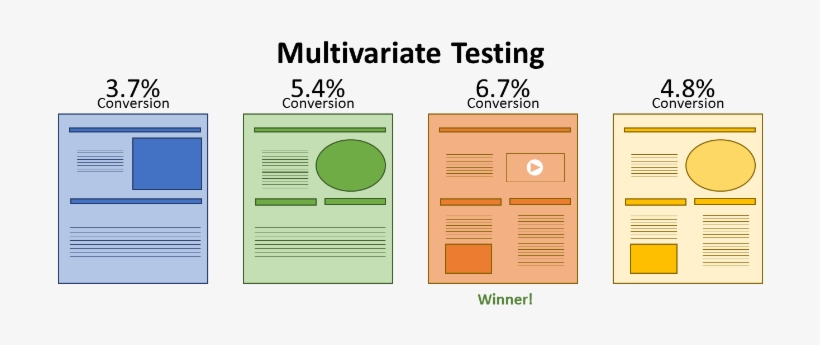Non-conclusive Results
What are Non-conclusive results?
It is difficult to say “A bested B” for any test because the results are often unclear. This means they are non-conclusive.
When a data set is limited it can be difficult to reach any conclusions.
It is important to note that this does not mean your data is erroneous or wrong. Rather, it means the data collected cannot provide answers with one clear winner observed as opposed to a standalone version of the experiment.
If you receive a non-recommended result at the end – it means that not option outperformed the other – All configurations seem to perform equally with no clear preference.
These results often raise anxiety because reaching the right decision is the goal of your testing. If you’ve ever felt like changing “Hello” to “Hi” on the landing page of your website would increase the conversion rate and it simply didn’t, then you’re back at square one coming up with a new solution.
However, contradictory findings allow one to release themself from the obsession with factors that are apparently not as important. For example, while deciding what words you use when saluting in a business environment (ie. “Hi” or “Hey”), your team has wasted 47 hours because you cannot figure out which is more appropriate for work settings.




